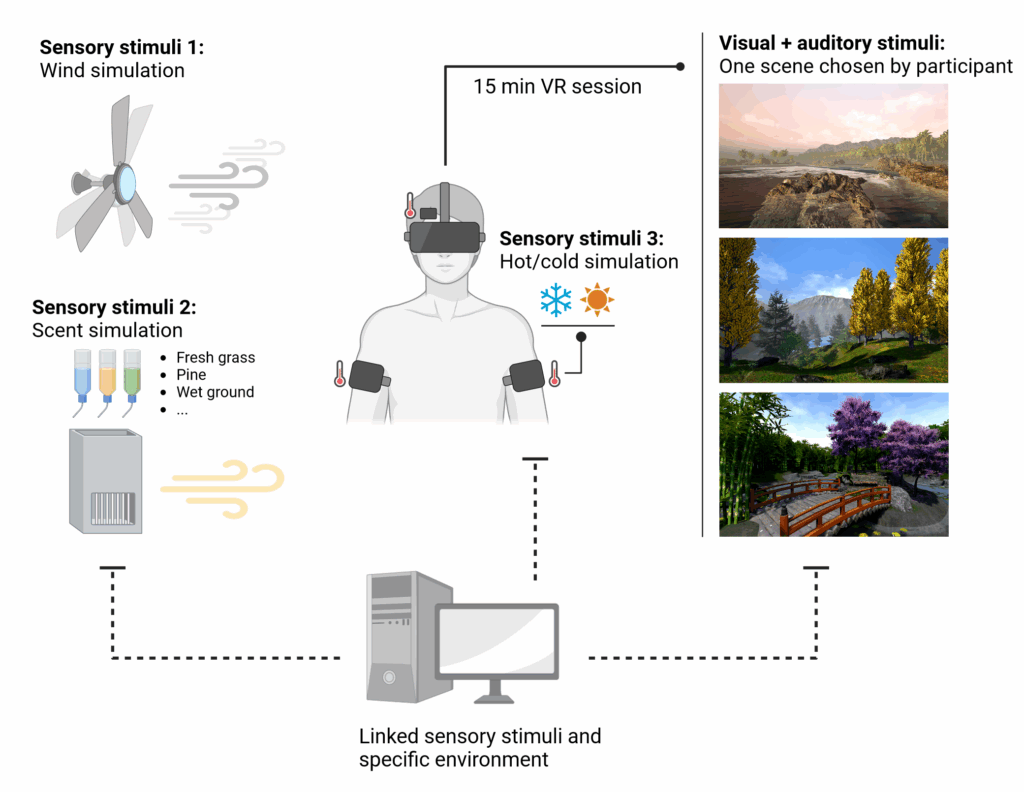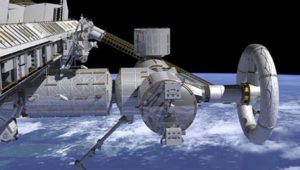
There have been proposals over the years for centrifuge modules on the ISS to study artificial gravity. Image credit: Mark Holderman/NASA.
Astronauts experience a strong physiological deconditioning during space missions, primarily due to the weightless conditions. Some of these adverse consequences include bone loss, muscle atrophy, sensory-motor/vestibular deconditioning, visual impairment, and overall cardiovascular adaptation, which may lead to orthostatic intolerance when astronauts are exposed again to a gravitational environment. Physiological deconditioning will be even more challenging in future long-duration space missions, for example to Mars, in which astronauts will be exposed to weightlessness for six to eight months before landing without external help to support egress. In order to mitigate these negative effects, several countermeasures are currently in place, particularly very intensive exercise protocols. However, despite these countermeasures, physiological deconditioning still persist to a certain degree, highlighting the need for new approaches to maintain the astronauts’ physiological state within acceptable limits.
Artificial gravity (generated by centrifugation) has long been suggested as a comprehensive countermeasure that is capable of challenging multiple physiological systems at the same time, therefore maintaining overall health during extended weightlessness. However, human centrifuges hasn’t been tested in space, and there are still many questions about its implementation (including centrifuge configuration, exposure time, gravity level, gravity gradient, and use/intensity of exercise, etc). We want to investigate these research questions using a combination of human experiments on ground-based centrifuges and modeling techniques of physiological systems to complement the experimental results.


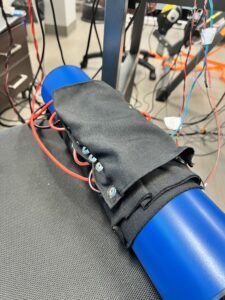 Despite their utility, current compression systems have notable drawbacks. They often fail to adapt to individual physiological differences, meaning compression may be applied at the wrong time or at an ineffective level. Many current garments are also bulky and cumbersome, manually operated, and only offer a single static pressure setting, limiting their effectiveness. Recent advances in soft robotics and smart materials, such as shape memory alloys, have improved actuation capabilities, but these systems remain user-controlled and lack full autonomy, which is essential for an individual performing complex tasks such as landing a space vehicle. This research effort focuses on the development of a next generation compression garment that automatically adjusts in real time using biometric feedback, offering a personalized and adaptive countermeasure for OI in demanding environments.
Despite their utility, current compression systems have notable drawbacks. They often fail to adapt to individual physiological differences, meaning compression may be applied at the wrong time or at an ineffective level. Many current garments are also bulky and cumbersome, manually operated, and only offer a single static pressure setting, limiting their effectiveness. Recent advances in soft robotics and smart materials, such as shape memory alloys, have improved actuation capabilities, but these systems remain user-controlled and lack full autonomy, which is essential for an individual performing complex tasks such as landing a space vehicle. This research effort focuses on the development of a next generation compression garment that automatically adjusts in real time using biometric feedback, offering a personalized and adaptive countermeasure for OI in demanding environments.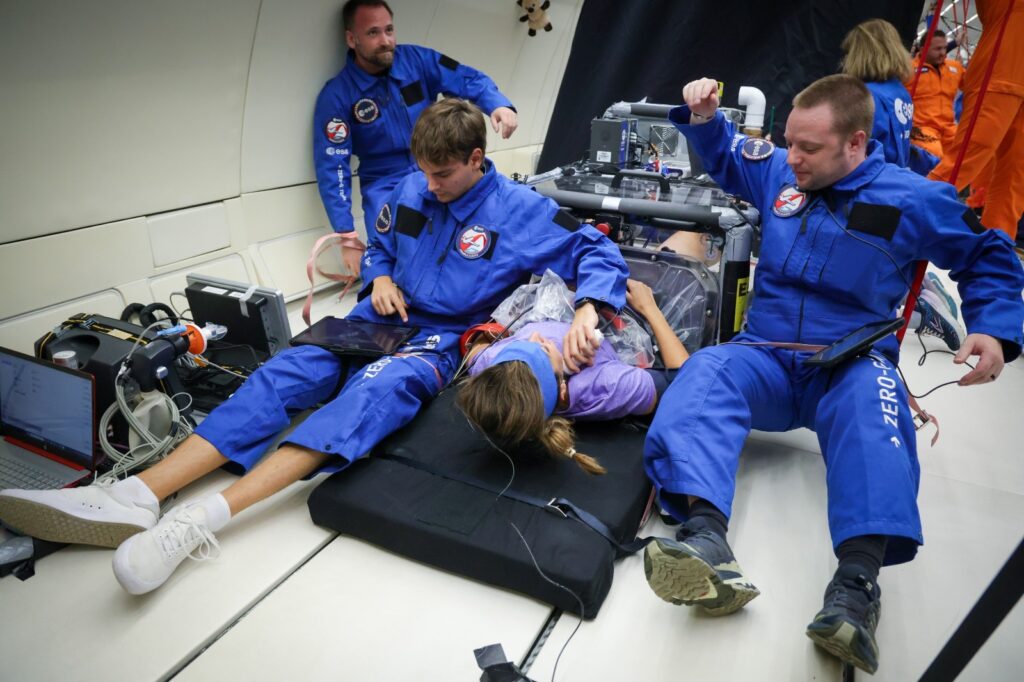
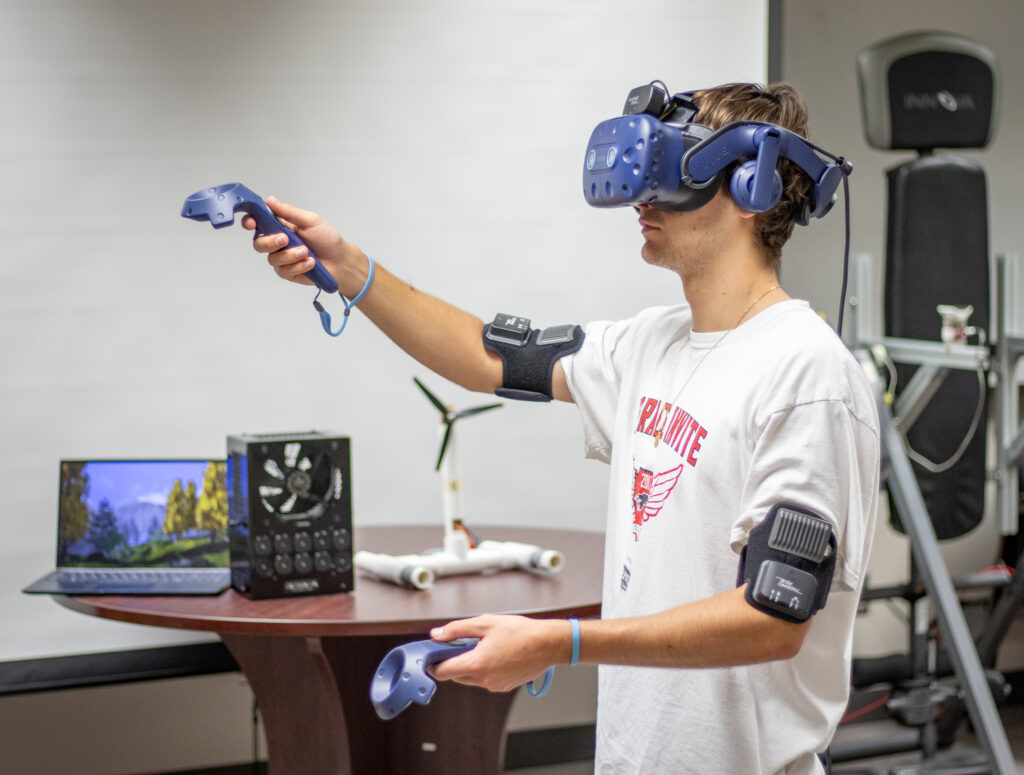 Future long duration exploration missions will require astronauts to spend prolonged periods in isolated and confined environments. Combined with sensory deprivation, loss of social connection, and a demanding workload, these factors can adversely affect an astronaut’s mood and stress levels. This places astronauts at an increased risk of developing adverse behavioral health conditions, which can cause performance decrements and jeopardize mission success. Current countermeasures used on the ISS will become increasingly difficult to use as missions venture further from Earth and begin to encounter significant communication delays. Virtual reality (VR) technology is a promising countermeasure, and continual advancements in VR technology have made it more robust and portable.
Future long duration exploration missions will require astronauts to spend prolonged periods in isolated and confined environments. Combined with sensory deprivation, loss of social connection, and a demanding workload, these factors can adversely affect an astronaut’s mood and stress levels. This places astronauts at an increased risk of developing adverse behavioral health conditions, which can cause performance decrements and jeopardize mission success. Current countermeasures used on the ISS will become increasingly difficult to use as missions venture further from Earth and begin to encounter significant communication delays. Virtual reality (VR) technology is a promising countermeasure, and continual advancements in VR technology have made it more robust and portable.